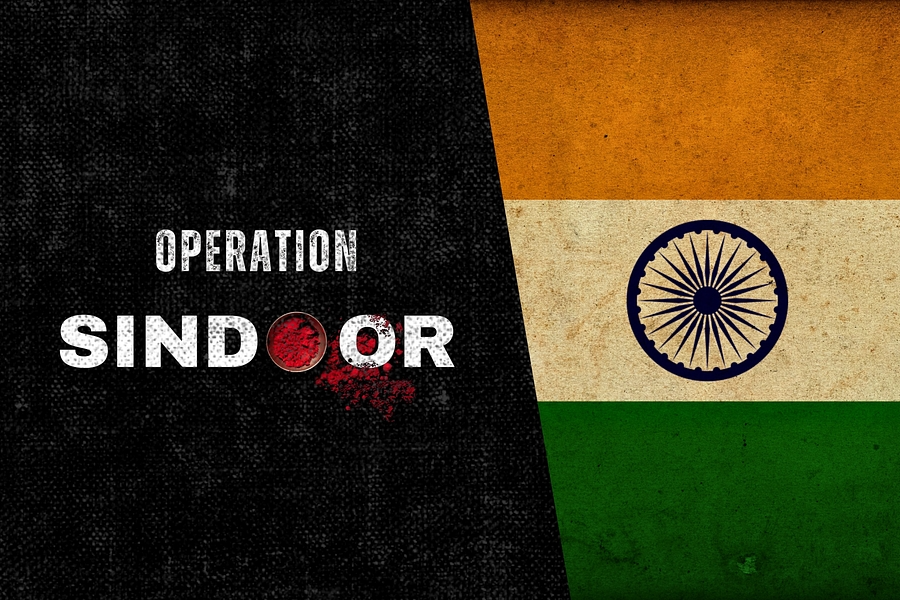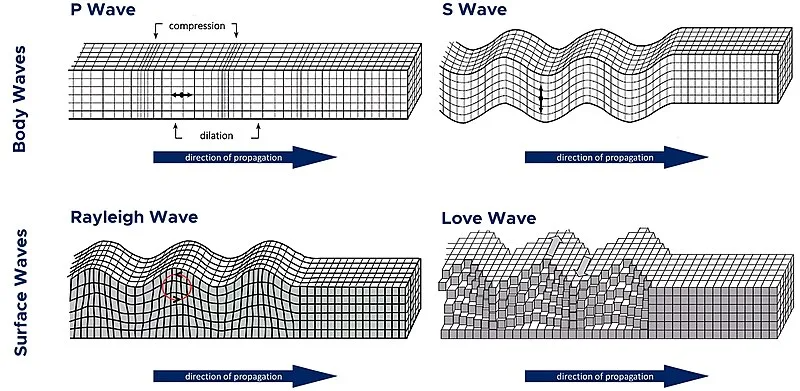Understanding the Middle Class in India: Definitions, Perspectives, Rise, and Transformations
Relevance : Sociology Paper 2: Social Classes in India- Middle classes in India.
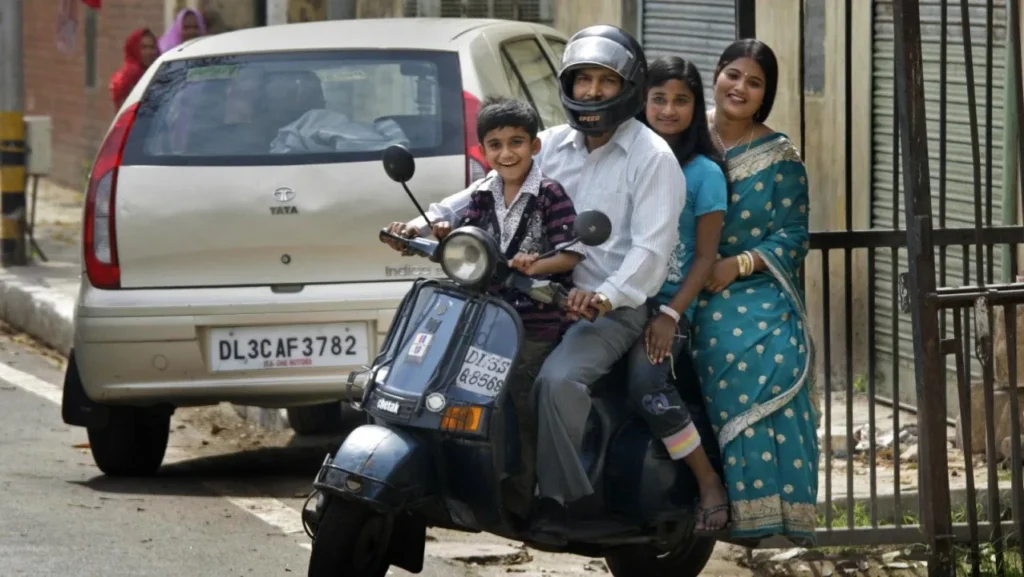
Discussions on India’s political economy often revolve around the recurring claim that “the middle class is overlooked.” To engage with this assertion meaningfully, it is critical first to define what constitutes the middle class in India. Unlike in Western societies, where income thresholds and lifestyle markers are relatively uniform, defining the Indian middle class is complicated by diversity in income levels, consumption patterns, and social mobility.
Definitions of the Middle Class
Several approaches are used to define the middle class:
- Income-Based Definition: A 2021 report estimated that 31 percent of India’s population, earning between ₹5 lakh and ₹30 lakh per annum, belongs to the middle class. This approach relies on monetary thresholds to identify households that can afford a standard of living above subsistence.
- Expenditure-Based Definition: The Household Consumption Expenditure Survey suggests that the middle 30 percent of households spend around ₹2.3 lakh annually. This definition emphasizes consumption capacity rather than income.
- Lifestyle-Based Definition (Car Index): A 2012 Carnegie Endowment paper proposed the Car Index, which identifies the middle class as households with enough discretionary income to purchase non-essential goods like vehicles. This approach highlights the middle class as a group whose income allows for comfort and lifestyle choices beyond basic survival.
- Sociological Definition: Beyond income and consumption, middle-class identity is defined by aspirations, education, occupation, and social networks. Middle-class households typically have access to education, professional employment, and engagement with urban or semi-urban lifestyles. They are distinguished by values emphasizing upward mobility, social respect, and the ability to participate in cultural and civic life.
Sociological Theoretical Perspectives
Understanding India’s middle class benefits from several key sociological theories:
- Functionalist Perspective: The middle class maintains social stability by mediating between the upper and lower classes. They support institutions like education, law, and bureaucracy, and reinforce societal norms.
- Marxist Perspective: From a conflict theory lens, the middle class occupies a contradictory position—they are neither fully exploited workers nor capital-owning elites. This “buffer class” often aligns with the bourgeoisie in economic interests but may face precarity in unstable markets, highlighting structural inequalities in capitalist societies.
- Weberian Perspective: Max Weber emphasizes class, status, and power. Middle-class identity is not just about income but also lifestyle, education, and social prestige. Consumption patterns, occupation, and cultural capital define their social standing.
- Symbolic Interactionism: This micro-level perspective focuses on how individuals construct middle-class identity through daily practices, consumption choices, and social interactions. Owning branded goods, enrolling children in English-medium schools, or participating in urban leisure culture are symbolic markers of middle-class status.
The Rise of the New Middle Class
India has witnessed the emergence of a new middle class, reshaping the social and economic landscape. This group differs from the traditional middle class in several ways. The new middle class is often younger, more urban, and more connected to global culture and technology. Many are professionals in IT, start-ups, and service sectors, enjoying higher disposable incomes, exposure to international markets, and aspirations for lifestyle upgrades such as branded goods, overseas travel, and digital services.
Factors Driving the Rise of India’s Middle Class
The growth of India’s middle class is a multifaceted phenomenon, influenced by economic reforms, social mobility, urbanization, technological adoption, and government policies. Each factor interacts with others, creating conditions for both traditional and new middle-class households to emerge.
1. Economic Liberalization (1991): The landmark economic reforms of 1991 marked a turning point for India’s economy. Liberalization policies reduced trade barriers, deregulated industries, and encouraged foreign investment. This created new employment opportunities in IT, finance, and service sectors. The emergence of IT hubs like Bangalore, Hyderabad, and Pune attracted skilled professionals from across the country.
From a sociological perspective, liberalization facilitated upward mobility by rewarding education and skill acquisition, allowing households that were once lower-middle class to enter the middle-class bracket. Liberalization also encouraged entrepreneurship, giving rise to start-ups and private enterprises, further expanding the aspirational middle class.
2. Education Expansion: Access to quality education has been a critical driver of middle-class growth. Over the past few decades, India has witnessed a proliferation of higher education institutions, professional colleges, and vocational training centers. Graduates in engineering, medicine, law, and management became eligible for high-paying white-collar jobs.
Education not only provides economic capital but also cultural and social capital, enabling families to participate in urban professional networks. This aligns with Weberian theory, which highlights education and lifestyle as markers of social status. Moreover, education fosters aspirational values, encouraging families to invest in their children’s skills, creating a cycle of intergenerational upward mobility.
3. Urbanization: Migration to cities has been another significant factor shaping India’s middle class. Urban centers offer better jobs, infrastructure, education, and social services, attracting rural and semi-urban populations. Cities such as Mumbai, Delhi, and Bengaluru became pockets of aspirational communities, where access to modern amenities, cultural exposure, and peer networks reinforce middle-class identity.
Urbanization also fosters consumption-oriented lifestyles, as urban middle-class households can afford housing, transportation, healthcare, and leisure activities. The concentration of middle-class communities in cities has social implications too, including the formation of civic engagement networks and influence on local politics, consumption trends, and cultural practices.
4. Technological Adoption: The widespread availability of the internet, smartphones, and digital platforms has transformed the middle class. Technology enhances access to information, online services, and employment opportunities, particularly in IT-enabled sectors. Digital literacy and online commerce allow middle-class households to expand consumption beyond basic needs, including e-learning, telemedicine, entertainment, and branded goods.
Socially, technology shapes aspirations and identity, connecting the middle class to global trends and lifestyles. Exposure to international media, online social networks, and e-commerce platforms influences consumption choices, cultural preferences, and social mobility expectations, distinguishing the new middle class from traditional households.
5. Government Policies: Government interventions have indirectly supported middle-class growth through tax reforms, housing initiatives, and skill development programs. For example, income tax benefits provide relief to salaried professionals, while schemes like Pradhan Mantri Awas Yojana facilitate access to affordable housing. Skill development initiatives, such as Skill India, equip youth with employable skills, enhancing upward mobility.
These policies reduce economic vulnerability and enable households to invest in health, education, and consumption. From a sociological perspective, state support reinforces social stability by ensuring that middle-class households can maintain their lifestyle, participate in civic life, and aspire for upward mobility.
Traditional vs. New Middle Class
Aspect | Traditional Middle Class | New Middle Class |
Income Source | Primarily salaried jobs in government, education, and established private sector organizations. Income is relatively stable and predictable. | Employment in IT, start-ups, service sector, and entrepreneurial ventures. Income is higher but may fluctuate, reflecting performance-based or market-driven earnings. |
Consumption Patterns | Focuses on essentials such as housing, education, healthcare, and savings. Limited discretionary spending. | High discretionary spending on gadgets, international travel, branded goods, entertainment, and lifestyle services. Emphasizes visible markers of status and modernity. |
Lifestyle Aspirations | Conservative, oriented toward local community status, and focused on security and stability. Preferences are often guided by traditional norms. | Globalized, tech-savvy, and conscious of social media presence. Aspirations include international exposure, modern consumption, and lifestyle upgrades. |
Risk Appetite | Low. Prefers stability and secure employment. Avoids entrepreneurship or volatile investments. | High. Embraces entrepreneurship, career shifts, start-up opportunities, and investments in dynamic sectors. More willing to take risks for higher rewards. |
Social Mobility | Gradual, typically achieved through generational accumulation of education, skills, and wealth. Upward movement is slow but steady. | Rapid, skill- and opportunity-driven. Career growth, education, and urban exposure allow quicker ascension into higher socio-economic brackets. |
Sociological Implications of the Middle Class
1. Functionalist Perspective: From a functionalist standpoint, the middle class acts as a stabilizing force in society. By participating in institutions such as education, law, and bureaucracy, the middle class helps maintain social cohesion and order. Middle-class households typically value discipline, civic responsibility, and adherence to social norms, which contributes to societal stability.
However, rapid economic and technological changes pose challenges. Without policy support—such as job security measures, affordable housing, and social welfare—the middle class can face uncertainty, leading to social stress or discontent. For example, urban IT professionals enjoy high incomes but also experience work pressure and job precarity, highlighting the need for policies that balance economic dynamism with social stability.
2. Conflict Theory: A conflict theory lens, rooted in Marxist thought, views the middle class as situated between the elite and working classes, experiencing both privilege and precarity. The new middle class, in particular, faces tensions between rising aspirations and persistent inequalities.
For instance, IT and start-up professionals may earn high incomes, but the cost of urban living, education, and healthcare can strain finances. This tension creates class anxiety, illustrating how structural inequalities persist even as opportunities for upward mobility expand. The middle class may thus simultaneously benefit from economic growth and remain vulnerable to market fluctuations, job insecurity, or socio-economic shocks.
3. Cultural Capital: Drawing on Weberian and Bourdieuian perspectives, the middle class is defined not just by income but by cultural capital—education, skills, lifestyle, and consumption patterns. Education and consumption reinforce social hierarchies by signaling status and aspiration.
For example, middle-class families often prioritize sending children to English-medium schools or enrolling them in coaching centers, enhancing their social and professional mobility. Similarly, owning branded goods, living in urban apartments, or traveling abroad are symbolic markers of middle-class identity, reinforcing social distinction and aspirational values.
4. Political Influence: The middle class, both traditional and new, plays an increasingly important role in shaping electoral politics. Urban professionals, entrepreneurs, and educated voters often influence policy priorities, pushing for reforms in infrastructure, digital governance, taxation, and education.
Their political influence is evident in movements for better urban planning, transparency, and civic amenities. However, the middle class may also prioritize policies aligned with their own interests, which can exacerbate urban-rural or income-based disparities. Nevertheless, as a politically active group, the middle class serves as a critical bridge between society and governance, shaping both policy discourse and democratic accountability.
Conclusion
The Indian middle class, encompassing both traditional and new segments, represents a dynamic and transformative social force. Sociologically, it is central to understanding social mobility, urbanization, consumption, and political engagement. Traditional middle-class households prioritize stability and gradual upward mobility, while the new middle class embraces rapid economic ascent, globalized lifestyles, and technological connectivity. Integrating functionalist, Marxist, Weberian, and symbolic interactionist perspectives provides a nuanced understanding of this group, highlighting its pivotal role in shaping India’s economic, social, and political future.
Practice Question
Q. Examine the emergence of the new middle class in India. Discuss the factors contributing to its rise and its distinguishing features from the traditional middle class.
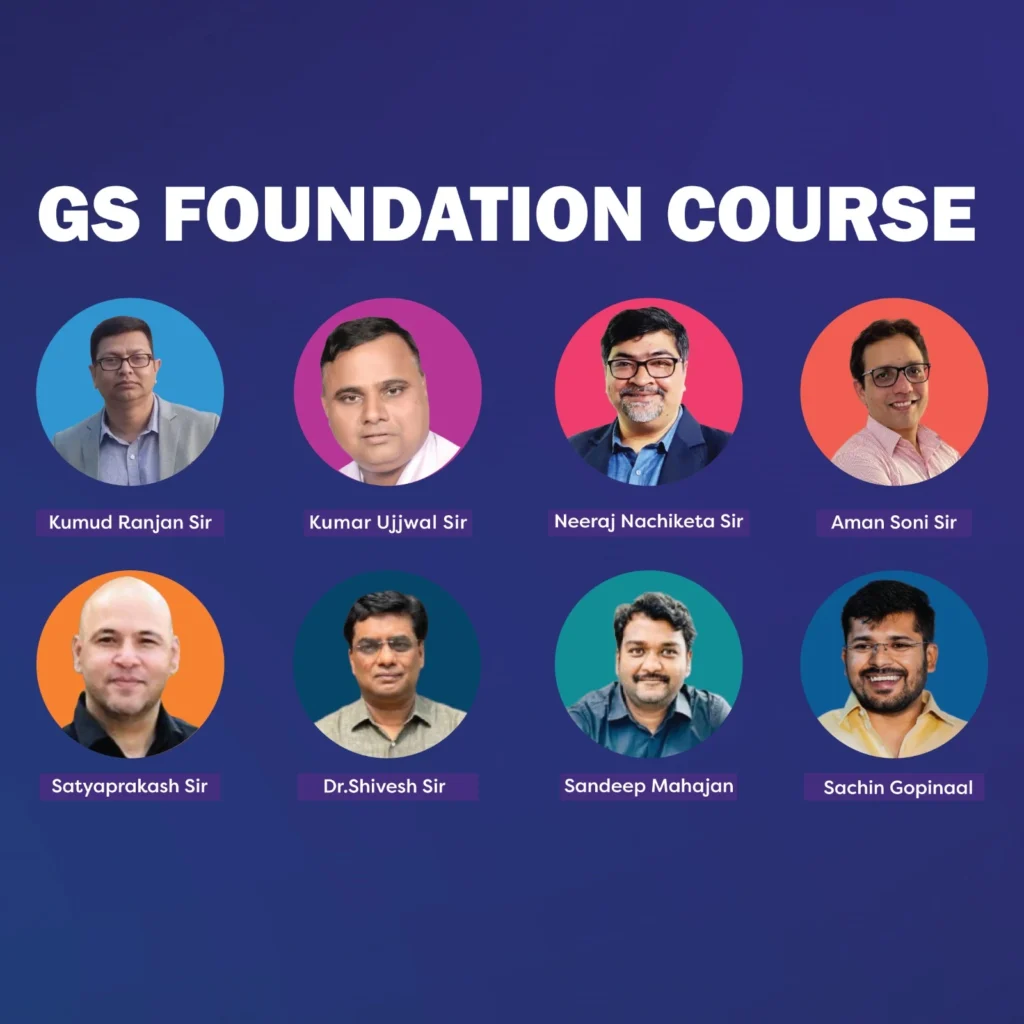
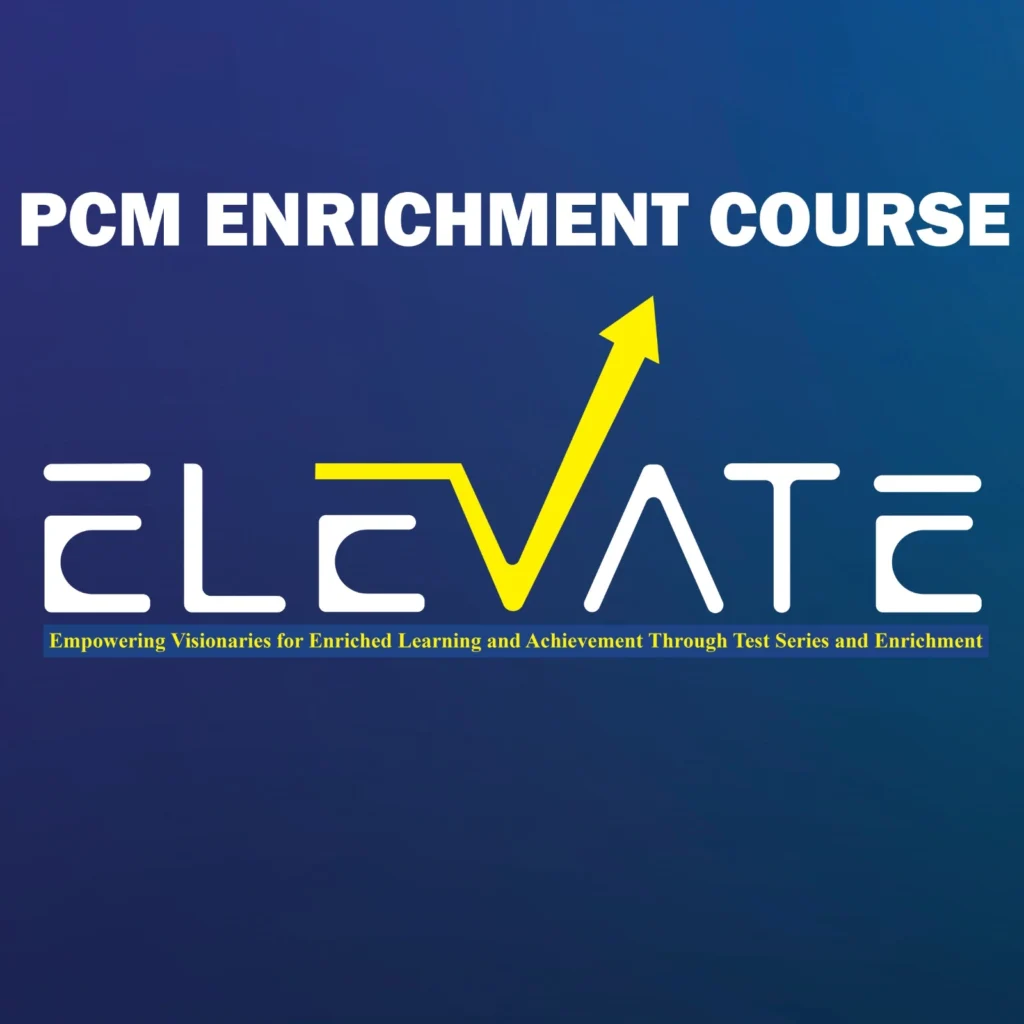
Sociology Optional Booklist & Preparation Guide for UPSC
Home / Sociology Optional Booklist & Preparation Guide for UPSC Sociology Optional Booklist & Preparation Guide for UPSC provides aspirants
UPSC ಯ “ಐಚ್ಚಿಕ ಕನ್ನಡ ಸಾಹಿತ್ಯ” ತಯಾರಿ ಹೀಗಿರಲಿ
Home / UPSC ಯ “ಐಚ್ಚಿಕ ಕನ್ನಡ ಸಾಹಿತ್ಯ” ತಯಾರಿ ಹೀಗಿರಲಿ ಮೊದಲ ಹಂತ: ಸಾಮಾನ್ಯ ಓದು UPSC ಯ ಐಚ್ಛಿಕ ಕನ್ನಡ ಸಾಹಿತ್ಯ ತೆಗೆದುಕೊಂಡು ತಯಾರಾಗುವ
Kannada Optional ವಿಷಯದ ಮಾರ್ಗದರ್ಶನ ಆಯ್ಕೆ ಮಾಡುವಾಗ ಮಾಡುವ ತಪ್ಪುಗಳು
Home / Kannada Optional ವಿಷಯದ ಮಾರ್ಗದರ್ಶನ ಆಯ್ಕೆ ಮಾಡುವಾಗ ಮಾಡುವ ತಪ್ಪುಗಳು ಮೂರ್ಖತನದ ಪರಮಾವಧಿ: ತಮಗೆ ಪಾಠ ಮಾಡುವವರು ಎಷ್ಟು ಅಂಕ ಗಳಿಸಿದ್ದಾರೆ, ಅವರಿಂದ ಎಷ್ಟು



